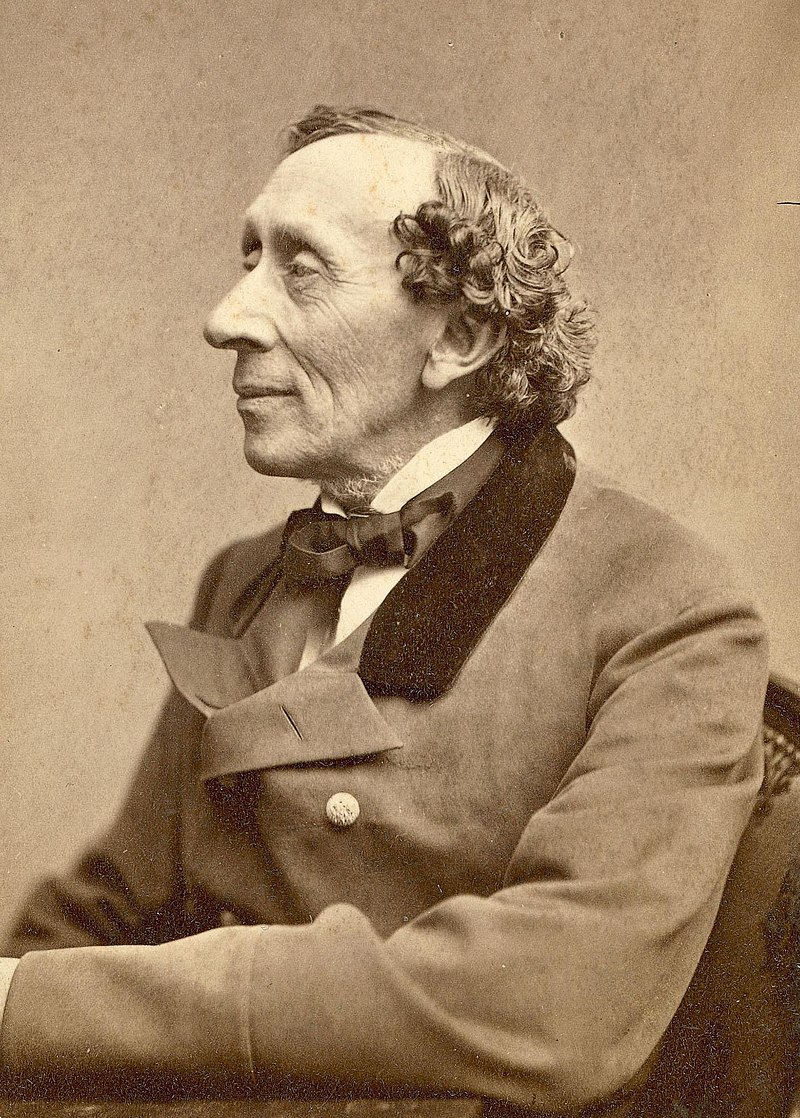Hans Christian Andersen was born in Odense, Denmark, on April 2, 1805. Best known for his timeless fairy tales, Andersen’s work has enchanted readers for generations and inspired literature, theater, and film worldwide.
Andersen was born into poverty, the son of a shoemaker and a washerwoman. Despite their struggles, his father nurtured his imagination by reading stories from One Thousand and One Nights. His mother, though illiterate, instilled in him a strong sense of perseverance. As a child, Andersen dreamed of becoming an actor or singer, and at 14 years old, he moved to Copenhagen to pursue his ambitions. Though he briefly performed at the Royal Danish Theatre, his voice changed, ending his hopes of a stage career.
In his early years, Anderson wrote poetry, plays, and novels, but his fairy tales made him world-famous. His first collection, Fairy Tales Told for Children (1835), featured stories like The Tinderbox and The Princess and the Pea. Critics were initially skeptical, but readers—especially children—were captivated by his imaginative storytelling. Unlike traditional fairy tales, his stories often featured melancholic themes and tragic endings, reflecting his life’s hardships.
Over time, Andersen published 156 fairy tales. Here are some of the most beloved stories:
- The Little Mermaid
- The Ugly Duckling
- The Emperor’s New Clothes
- The Snow Queen
- The Steadfast Tin Soldier
Andersen became a celebrated author across Europe, even befriending Charles Dickens. His influence extended beyond literature, inspiring ballets, operas, films, and Disney adaptations. Today, his work has been translated into over 125 languages, making him one of history’s most widely read authors. To honor his contribution to children’s literature, April 2nd is celebrated as International Children’s Book Day—a fitting tribute to the man who brought fairy tales to life.

